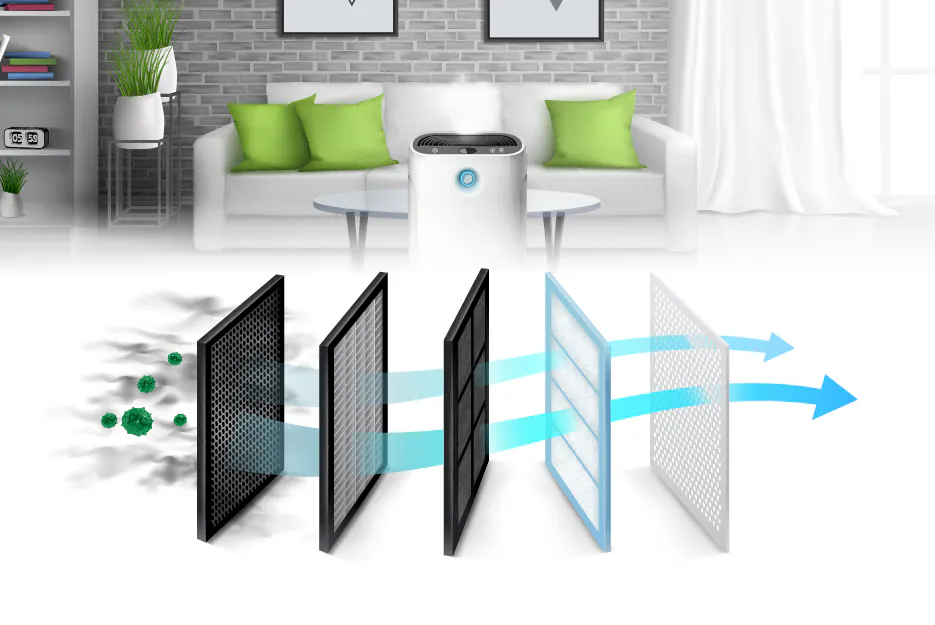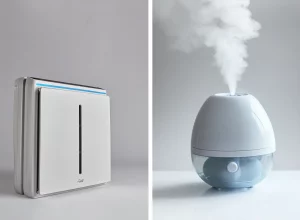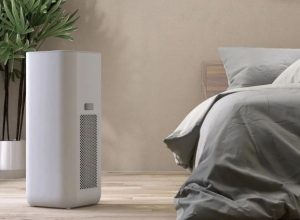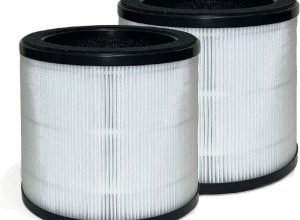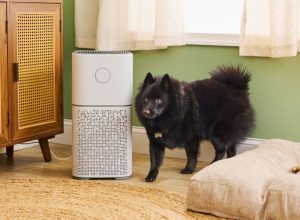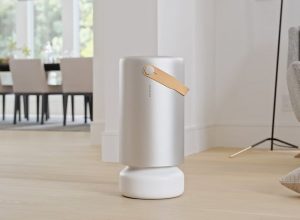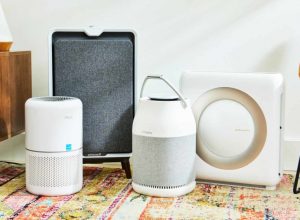Contents
Understanding Air Purifiers
Air purifiers are electronic devices designed to filter and eliminate pollutants from indoor air, providing a cleaner and healthier environment. These appliances can be especially beneficial in homes, offices, and other indoor spaces where air quality is compromised by dust, allergens, smoke, pet dander, and other harmful particles. This guide explains how air purifiers work, the types of technologies employed, and their benefits.
How Air Purifiers Function
At its core, an air purifier operates by drawing in air from a room, filtering it through specialized media, and then releasing the purified air back into the room. The effectiveness of an air purifier depends on its filtration system, airflow mechanisms, and additional features. Below are the primary processes involved in air purification:
Filtration Process
Most air purifiers utilize mechanical filtration, which employs a physical barrier to capture airborne particles. The effectiveness of this filtration is determined by the type and quality of the filter used. Common types of filters include:
- HEPA Filters: High-Efficiency Particulate Air (HEPA) filters are capable of trapping 99.97% of particles that are 0.3 microns in size. They effectively remove allergens such as pollen, dust mites, and pet dander.
- Pre-Filters: These filters capture larger particles and extend the life of the HEPA filter. They typically need to be cleaned or replaced more frequently.
- Activated Carbon Filters: Activated carbon adsorbs odors and volatile organic compounds (VOCs) commonly found in paints, cleaning supplies, and other household products.
Airflow Mechanism
The air purifier’s fan plays a crucial role in the airflow mechanism. The fan draws in air from the room, forcing it through the filters. The airflow rate, often measured in cubic feet per minute (CFM), determines how quickly the air can be purified. A higher CFM indicates a faster filtration process, which is particularly beneficial in larger spaces.
Additional Technologies
Many modern air purifiers incorporate advanced technologies to enhance air purification. These can include:
- UV-C Light: Some air purifiers use UV-C light to kill bacteria, viruses, and mold spores as the air passes through the unit.
- Ionic Purification: Ionic purifiers release negatively charged ions that attach to and help eliminate positively charged particles such as dust and pollen. However, they may produce ozone, which can be harmful at high levels.
- Photocatalytic Oxidation: This technology uses a catalyst, usually titanium dioxide, and UV light to break down organic pollutants into harmless byproducts.
Benefits of Using Air Purifiers
Investing in an air purifier can provide numerous advantages for indoor environments:
- Improved Air Quality: Regular use of air purifiers can significantly reduce the presence of allergens and pollutants in your home.
- Health Benefits: Cleaner air can lead to fewer respiratory issues, allergies, and general health improvements.
- Odor Reduction: Activated carbon filters help eliminate unpleasant odors, making indoor environments more pleasant.
- Enhanced Sleep Quality: Better air quality can improve sleep and overall well-being.
Choosing the Right Air Purifier
When selecting an air purifier, it is essential to consider several factors:
| Factor | Description |
|---|---|
| Room Size | Choose an air purifier rated for the square footage of the area where it will be used. |
| Filter Type | Consider the types of filters based on your specific needs (e.g., allergies, odors). |
| Noise Levels | Look for units with adjustable fan speeds for noise control, especially in bedrooms. |
| Maintenance Requirements | Check how often filters need to be replaced and the costs associated with them. |
Conclusion
Air purifiers represent an effective solution for maintaining clean indoor air, addressing various concerns like allergies, odors, and overall air quality. Understanding how they work, the types of filtration systems available, and the factors to consider when choosing one can empower individuals to make informed decisions. By investing in the right air purifier, users can contribute to a healthier living environment for themselves and their families.
